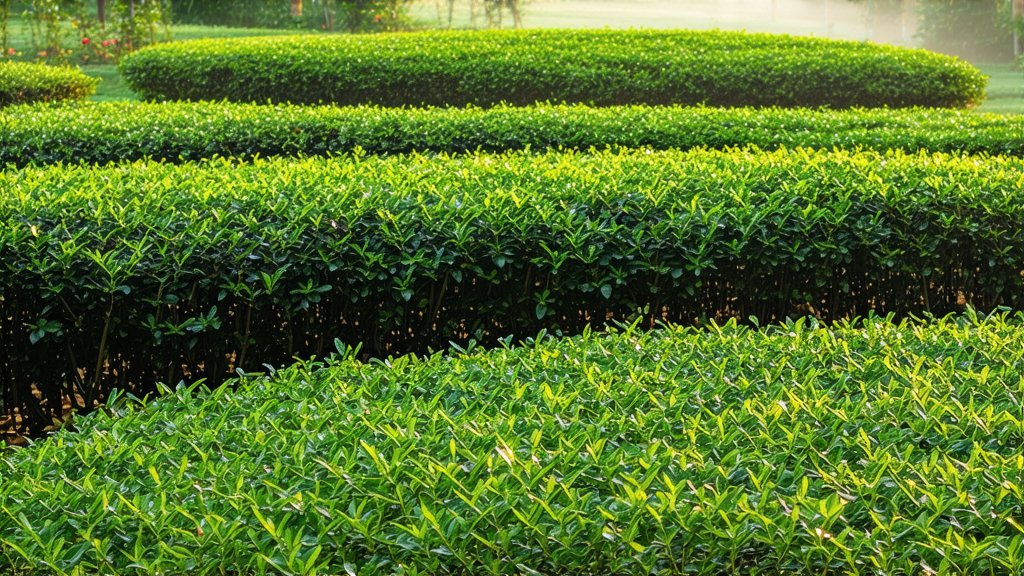
In the vast and diverse landscape of Chinese tea culture, few varieties captivate the senses and tell a story as richly as Keemun, also known as Qimen Black Tea. Originating from the mountainous region of Qimen County in Anhui Province, this exquisite tea has woven itself into the fabric of both local tradition and international tea lore. With its distinctive tangerine flavor and aromatic profile, Keemun stands as a testament to the intricate artistry and profound history that define Chinese tea craftsmanship.
The Historical Tapestry of Keemun
The origins of Keemun date back to the early 19th century during the Qing Dynasty. It is said that the creation of this unique black tea was an accidental discovery by a tea farmer named Xu Gongxiu. According to legend, Xu's family had been cultivating green tea for generations when one year, due to unseasonably hot weather, their green tea leaves began to ferment before they could be processed. Determined not to waste his harvest, Xu decided to dry the leaves over a charcoal fire, which resulted in a dark, fully oxidized tea with a surprisingly delightful flavor. This serendipitous event laid the foundation for what would become one of China's most revered black teas.
Keemun quickly gained popularity both locally and abroad. By the mid-19th century, it was being exported to Europe, where it became a favorite among British tea connoisseurs. Its reputation continued to grow, and by the late 19th and early 20th centuries, Keemun was considered one of the finest black teas in the world, often fetching higher prices than other varieties.
Varieties of Keemun
Keemun comes in several distinct grades, each with its own unique characteristics:
-
Huangshan Maofeng (Yellow Mountain Peak): This premium grade is made from young, tender buds and leaves, resulting in a delicate and fragrant brew with a smooth, mellow taste. It is often regarded as the crème de la crème of Keemun teas.
-
Gongmei (Palace Beauty): Named after the beautiful women who traditionally worked in the imperial palaces, this grade features slightly more mature leaves and produces a robust and full-bodied infusion with a rich tangerine aroma.
-
Zhengshan Small Species (Authentic Mountain Small Leaf): This variety uses smaller leaves and is known for its balanced flavor profile, combining sweetness and astringency in perfect harmony.
-
Qianli Houquan (Front Garden Monkey Pick): Often considered the highest quality grade, this tea is made from the youngest leaves and buds, offering a complex and layered flavor experience with hints of floral and fruity notes.
The Art of Keemun Production
The production of Keemun is an intricate process that requires precision and skill. Here’s an overview of the key steps involved:
-
Withering: Freshly picked leaves are spread out in thin layers on bamboo trays and allowed to wilt under the sun or in shade. This step reduces moisture content and prepares the leaves for the next stages.
-
Rolling: The withered leaves are then rolled using traditional techniques or modern machinery. Rolling helps to break down cell walls, releasing enzymes that facilitate oxidation.
-
Oxidation: The rolled leaves are left to oxidize, or undergo chemical changes, which turn them dark brown or black. This process typically takes several hours and is carefully monitored to achieve the desired level of oxidation.
-
Drying: After oxidation, the leaves are dried over charcoal fires. This final step not only removes any remaining moisture but also imparts a smoky undertone to the tea, enhancing its complexity.
-
Sorting and Grading: Once dried, the tea is sorted based on leaf size and quality. The highest quality leaves are reserved for premium grades, while lower quality leaves are used for standard grades or blends.
The Subtle Art of Keemun Tasting
Tasting Keemun is an experience that engages all the senses. To truly appreciate this remarkable tea, follow these steps:
-
Preparation: Use freshly drawn, cold water heated to just below boiling point (around 90°C or 194°F). Place about one teaspoon of loose leaves per cup into a preheated teapot or gaiwan.
-
Steeping: Pour the hot water over the leaves and let them steep for 3-5 minutes, depending on your preference for strength. The first infusion typically yields the most flavorful brew.
-
Observation: Examine the color of the brewed tea, which should be a deep amber or copper hue. The aroma should be complex, with prominent notes of tangerine and a subtle smokiness.
-
Sipping: Take a moment to savor the initial flavors. Notice the balance between sweetness and astringency, and how the tangerine notes develop as you sip. The mouthfeel should be smooth and velvety, with a lasting finish.
-
Subsequent Infusions: Keemun can be steeped multiple times, each infusion revealing new layers of flavor. Adjust steeping time with each subsequent brew to avoid over-extraction and bitterness.
Conclusion
Keemun is more than just a tea; it is a journey through history, culture, and artistry. From its serendipitous discovery to its esteemed place in the global tea market, Keemun embodies the essence of Chinese tea heritage. Whether enjoyed as a quiet moment of reflection or shared among friends, this timeless tea continues to enchant and inspire tea lovers around the world.